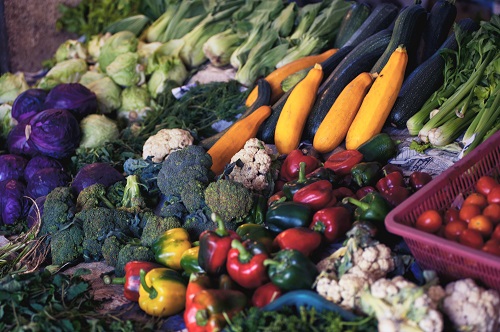
A Guide On Transitioning To A Vegan Diet Successfully.
Okay, so you have or are thinking of transitioning to a Vegan Diet and lifestyle! Maybe you are a vegetarian looking to transition. But you don’t know how? Or what the heck you are doing and where to start?
Don’t worry, you have taken the first and most important step – to actually GO for it!
If you have been told that the vegan diet is too expensive, this is not true! In fact, it could easily be the cheapest diet. With a little bit of knowledge, you will know how to shop and cook vegan food on a budget.
The vegan diet is only expensive if you keep buying ready-made foods, junk food, etc. If you are smart, you can eat vegan for less!
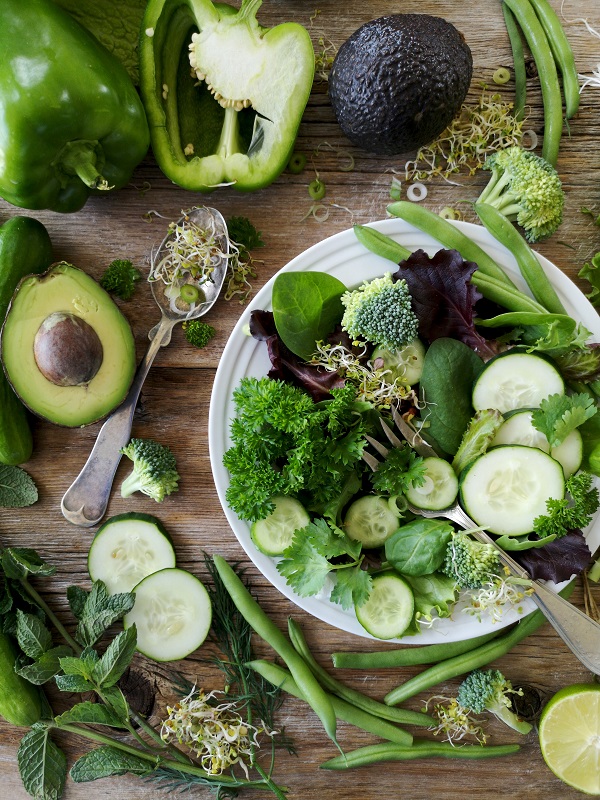
Why Go Vegan?
Because there is nothing humane about eating dead corpses, and milking animals to death, just fill your pockets. Just thinking about it, makes me sick.
There is so much cruelty involved in the meat industry. If you think that the only cruelty is killing the animal, you are very wrong.
Animals are tortured from the moment they are born. They are often separated from their parents, especially baby cows. They don’t drink their mother’s milk, as it’s to be sold to humans, so instead, they drink some cheap formula.
Chickens on the other hand are often so crammed together, they shit on each other and some die of diseases. Not to mention the number of antibiotics and other nasty stuff they put in their little bodies, to the point their chicken breast get so big, they cannot walk.
If you are still not 100% you want to be Vegan, I suggest you watch a couple of Netflix Documentaries that changed my whole mindset and made me open my eyes:
1. The Game Changers
2. Dominion
3. What The Health
4. Forks Over Knives
5. Cowspiracy: The Sustainability Secret
4. Rotten
If these Documentaries can’t convince you, then I don’t know what will! They present real facts and show you the dark side of the meat industry.
What Does The Vegan Diet Consist Of?
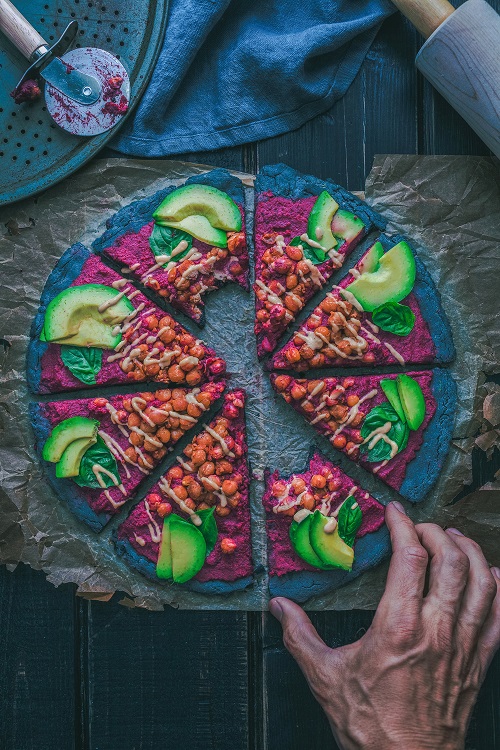
A Vegan diet consists of plant-based products only. This means no eggs, dairy, meat, fish, and even honey.
The biggest misconception is that a Vegan diet is ‘strict’ and there isn’t a lot to eat apart from grass. THIS IS NOT TRUE!
Vegans nowadays enjoy pizzas, ice creams, burgers, and ‘cheeses’ and it’s all made from plants! If you think you will struggle with options to eat, you are wrong! There is so much you can do, cook and eat!
Almost every restaurant nowadays has at least one vegan option on the menu.
It’s Really Important That You Transition Slowly And Smoothly!

…At your own pace! Don’t just jump into it, because it will be extremely difficult for you to manage, with all the cravings and the sudden drastic diet change will shock your body too.
Unless you are already a vegetarian or at least a pescatarian, in that case, it’s easier.
But if you are an everyday meat eater, stopping completely overnight will be very challenging. Check out this guide on vegan do’s and don’t.
It works for some people to go cold turkey overnight, but I advise you otherwise. Making changes slowly is the most important thing you can do for your body and sanity. Not to mention cravings.
Start with a meat-free Monday, then expand to Wednesday, Sunday, and finally 7 days a week!
Sub your snacks with vegan snacks. All snacks taste good, vegan or not so you should have a problem switching the snacks for vegan.
There are chips brands that are vegan, chocolate, popcorn, and more!
It’s Important That You Do Some Homework On How To Get The Nutrients Your Body Needs On A Vegan Diet!

For example, Vitamin B12 is the biggest problem when it comes to Vegan Diet. Make sure you get the right nutrients, so try not to be a ‘Junk-Vegan’ because you might end up causing your body more harm than good. Make sure you get regular blood tests, just to see whether you are eating enough of the right foods and getting enough vitamins. If you struggle, consider taking supplements.
But there is nothing that you can’t get from food!
Taking the time to read up on vegan nutrition will give you confidence in your choices.
In our blog, you can find all sorts of healthy, yummy, and nutritious recipes!
I will link you a couple of recipes below so that you can see that you can eat all the foods you used to before, but without all the animals!
1. Easy Sweet & Sour Vegan Kung Pao Noodles
4. Easy No-Cook Vegan Super Chocolatey Healthy Brownies
5. No-Bake Healthy Cashew Tahini Bars
6. Easy Healthy Vegan BBQ Burgers
Find Community And Support!
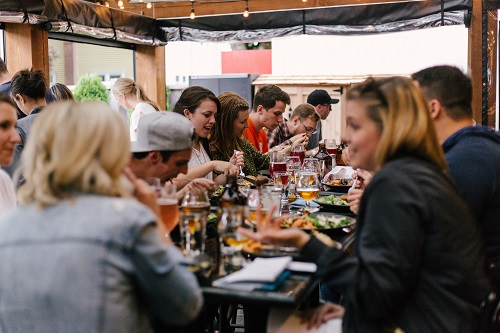
If you are the only vegan in the family and your friend’s group, it may feel somewhat lonely. It’s never good to feel alone, this will often result in quitting your journey, just so you can fit in better socially.
That is why it’s so important that you find a community and connect with people on the same journey as you.
Facebook groups and Reddit is a great way to find like-minded people and connect. Not to mention the help you can get from these communities.
Be Adventurous And Most Importantly Have Fun!

Starting a new journey, a new lifestyle has to be exciting, come on! You will get to try all sorts of different foods, and be adventurous with your food.
You will also find that you will end up cooking a lot more, which is good. Home cooking is not only cheaper, and healthier, but it’s also a lot of fun, minus doing the dishes of course!
Once you connect with like-minded people, you may make some new friends, go to new food places and have fun!
Don’t Forget Why You Started!

People explore veganism for many different reasons, so I can’t generalize about what veganism is for each of us. I think I know what it isn’t, though: veganism isn’t a race. It isn’t a contest. It’s not about measuring up to something you saw on Facebook, and it’s not about adhering to rules. If at any point it starts to feel this way, or if you start to feel trapped or contained, take a deep breath, turn inward, and keep the big picture in mind.
No matter how varied and personal the factors that draw us to veganism are, I do think that most vegans share a common interest in creating a more conscientious lifestyle, whether through nourishing food choices and enhanced self-care, a more compassionate approach to eating, or the desire to tread more lightly on mother earth.
Here’s the thing: you don’t have to be “perfect” to become more conscientious. If you have the desire and intention to live compassionately (and I meant “compassion” broadly–compassion to animals, compassion to the planet, compassion to other human animals, and compassion to yourself), then you are already doing so much of what veganism asks of us. I’m not saying that intentions matter and actions don’t–our actions and lifestyle practices are tremendously important, of course. But at the end of the day, I think that veganism begins with an intention to live a certain way, to leave a certain kind of impact on the world, and that intention isn’t defined by whether or not it all comes easily to you right away.
You can return to that intention again and again, whenever the day-to-day minutiae of changing your lifestyle or navigating a new diet, or fending off criticism feel overwhelming. And if you have moments of struggle with non-vegan foods, that’s also a good time to tap into the intention, reminding yourself of what made you admire and seek out veganism in the first place.
Don’t Worry If You Accidently Consume None-Vegan Product

This is a very common thing. The barista will put dairy milk in your coffee by mistake, the Chef will use a dairy brioche bun for your meat-free burger….things happen! It’s part of the journey, don’t beat yourself up! It wasn’t intentional, it just happened!
Just keep going and keep doing what you are doing; this shouldn’t put you off. Yes, it’s annoying, that is why I like to cook my own food and make myself my own cup of coffee. This is one way of avoiding accidentally eating animal products, haha.
What Foods Can Vegans Eat Or Can’t Eat
Becoming a vegan in today’s era will always be that little bit easier than it was for vegans 10 or more years ago. The internet has become a lifeline for many vegans, introducing them to new vegan brands, ‘accidentally vegan’ products, and more inspiration for meals than you can handle! So, what do vegans eat and cannot eat? Let’s break it down!
1. Vegans Can’t Consume ANY Meat Products!
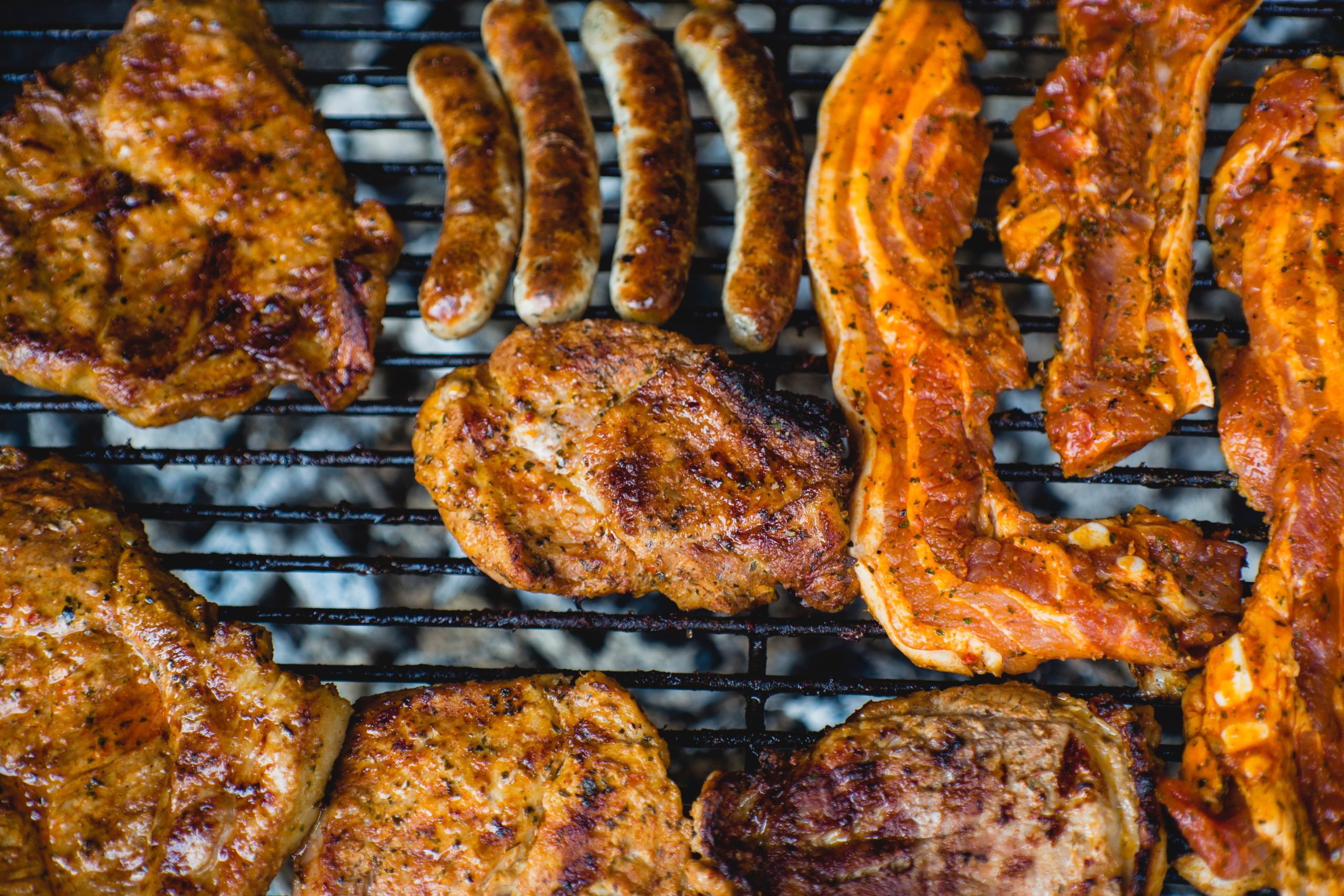
Any animal-based products such as:
- Sausages
- Chicken Wings
- Bacon
- Burgers
- Steak
- Ham
And more, are OFF LIMITS. Vegan alternatives to these are totally fine, as long as they are made with vegan-friendly ingredients. Quorn for example makes good vegan meat alternatives. There are also some awesome vegan deli alternatives.
2. Vegans Can’t Consume ANY Dairy Products
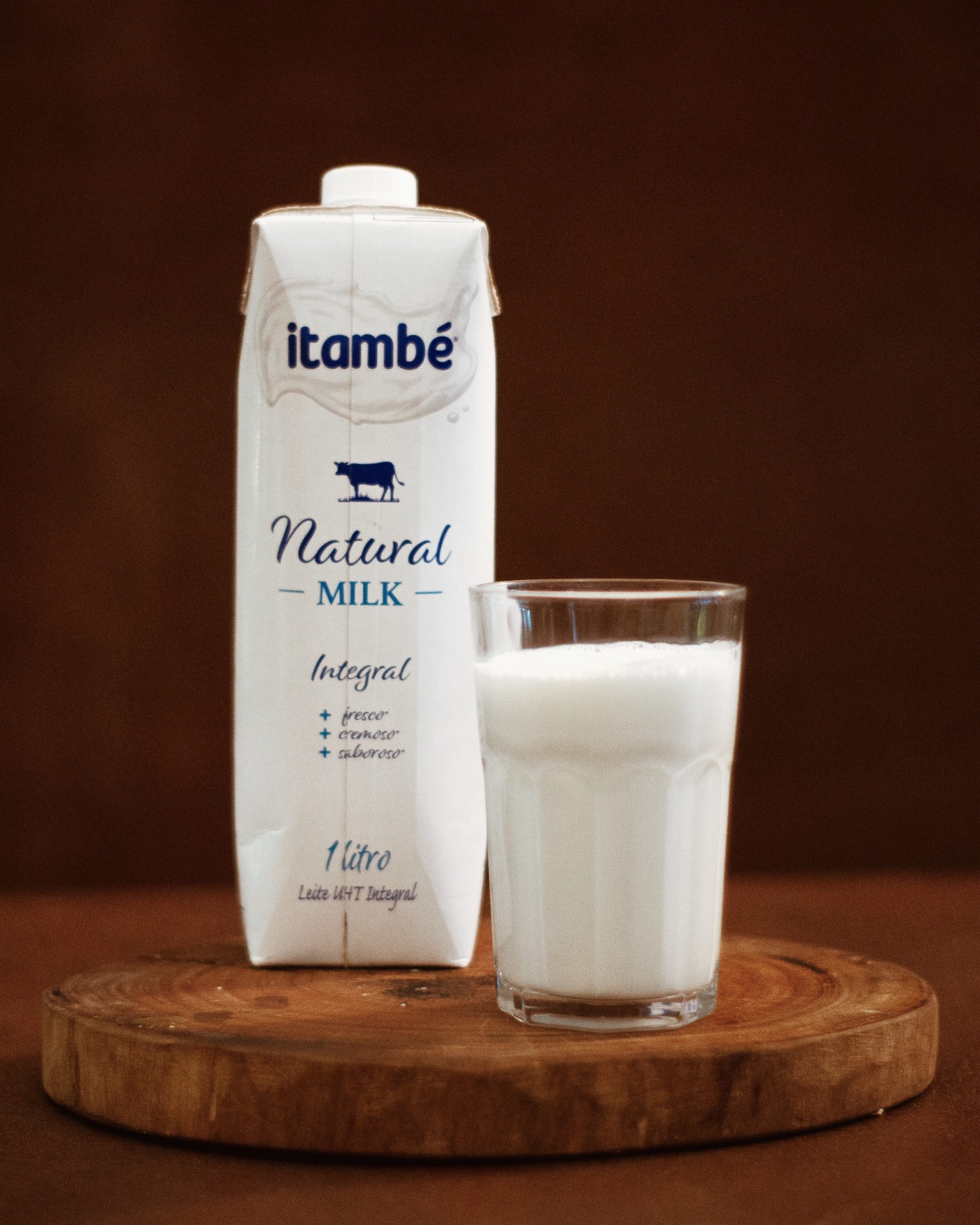
Of course, meat comes directly from the flesh of an animal, but as a vegan, you should also be avoiding products that come from an animal in other ways. One of these things is milk. Milk is an ingredient in many of our favorite foods such as cheese, ice cream, chocolate, and so much more.
The way cows are kept, and treated is horrendous, their babies are taken away from them, and they get beaten, and impregnated by force so that they can keep producing milk.
Also, not to mention how bad dairy is for the environment. Each cow raised by the dairy industry consumes as much as 50 gallons of water per day.
But cheese though? – chocolate, and ice cream, do I have to give up all these?
We have some good news! There are so many vegan alternatives to cow’s milk. This means that vegan versions of cheese, chocolate, and ice cream are out there, and they are in almost every shop now!
These cows’ milk alternatives typically come from nuts, but can also be made from other surprising ingredients. Below we have listed all the different types of vegan milk that you can purchase.
- Oat milk
- Soya milk
- Hazelnut milk
- Almond milk
- Coconut milk
- Hemp milk
- Cashew milk
- Rice milk
- Flax milk
- Pea protein milk
- Vegan Strawberry Milk
All of these products can be used in place of cow, sheep, and goat milk for a variety of different purposes. The most common kinds of vegan milk include soy, almond, oat, and coconut.
3. Vegan’s Can’t Consume Eggs
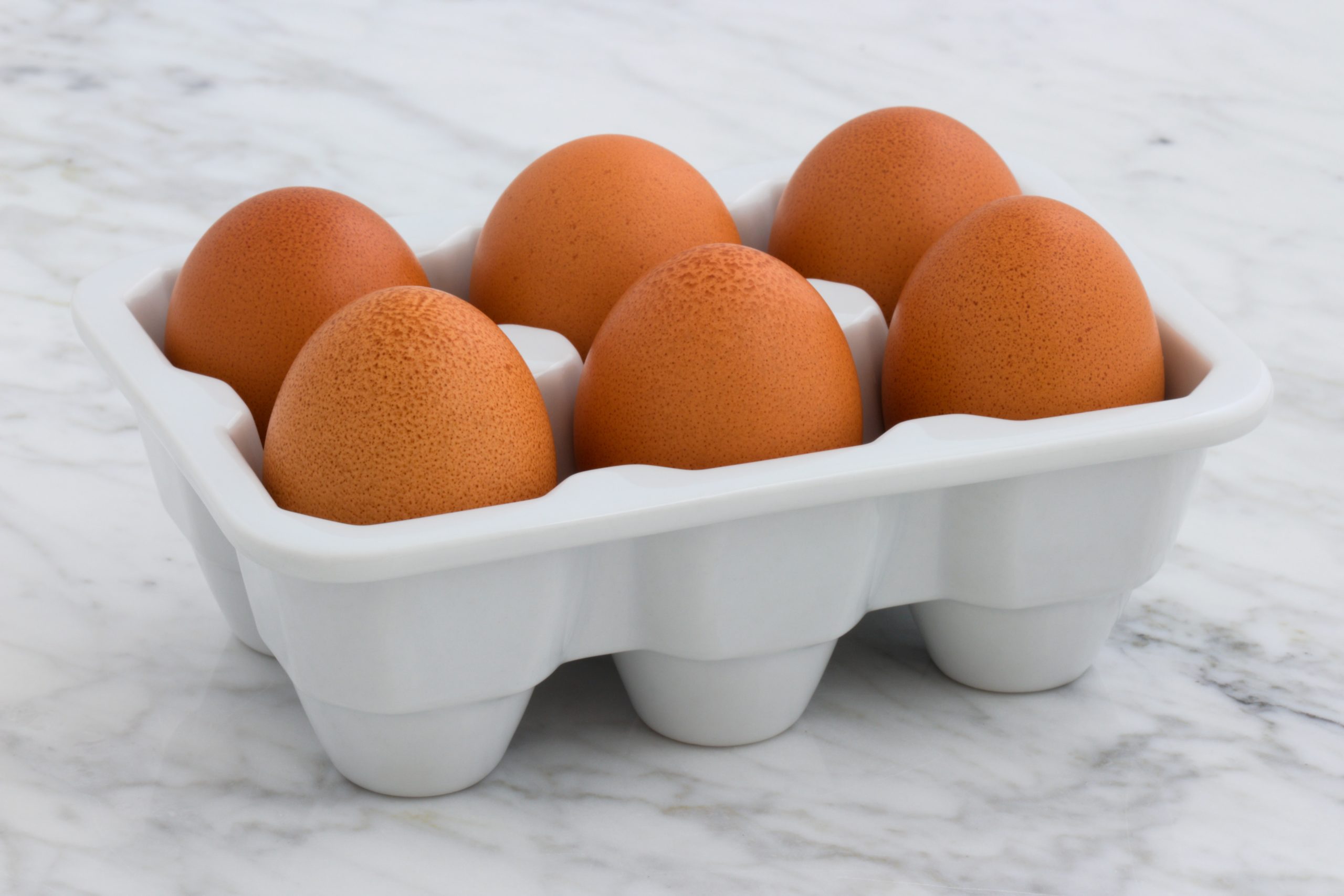
Similar to the cow’s situation, hens are kept in horrific conditions, and most of them never see the day of light. Caged till death.
Chicken eggs are most commonly used for a variety of different uses such as in cakes and other baked goods, in quiches, in omelets, in pancakes, and in many other recipes.
Replacing eggs is a little more difficult, especially since it is very hard to replicate an egg and get it to taste the same. However, strides are being made in the production of vegan food every day, and just recently there have been vegan egg replacements.
You can make vegan omelets nowadays using chickpea flour! Vegan scrambled eggs use tofu, and In baking, you can use flax seeds or chia seeds to replace the egg. There is definitely a way to replace the eggs!
There are also many other substitutes you can use for eggs in other recipes. In cakes and other baked goods, for example, ingredients such as mashed banana, avocado, and apple sauce provide excellent alternatives as the main job of the egg is to bind the mixture together.
4. Vegans Can’t Consume Honey
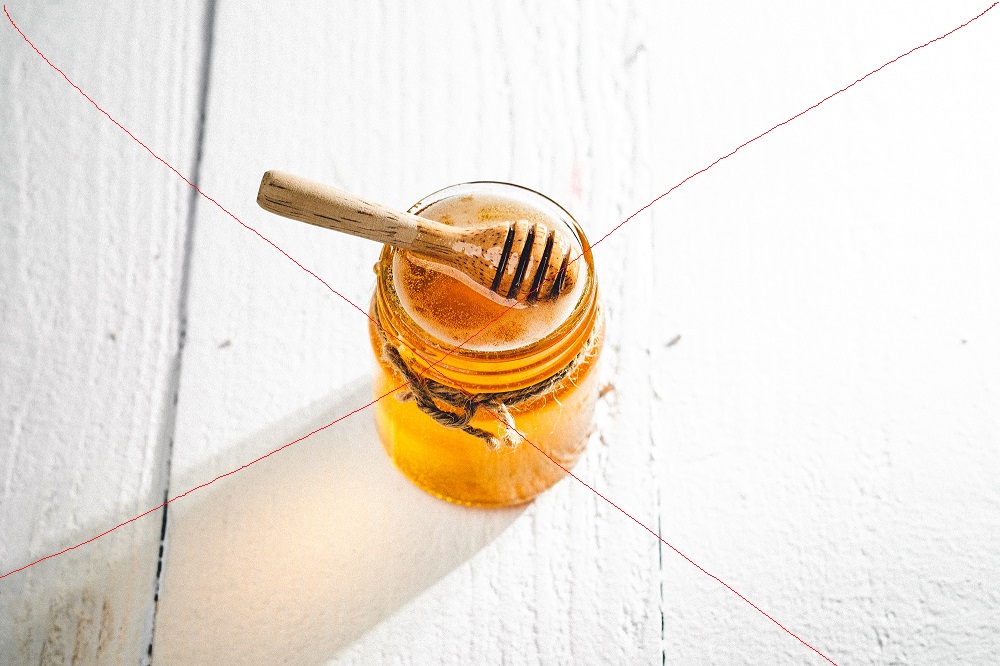
Yep, you read that correctly. Honey is also avoided by vegans. That being said, there is much debate over this and many vegans make a personal choice to eat it or avoid it as they see fit.
Honey is not technically vegan as it is made by bees. However, it is more than this. The methods used by humans to get honey are often very destructive and harmful to the bees.
As bees are already at risk of extinction, vegans typically choose not to add to this by avoiding the consumption of honey and anything that contains honey. There is also an argument that honey is a food source for bees, and so, by humans taking that food source, we are depleting it for them, thus potentially endangering them even further.
5. Vegan’s Can’t Consume White Sugar In Some Countries

In some countries, white sugar is made with bone char. Bone char helps to make the sugar whiter. Bone char is used in the refinement process of sugar. Whilst sugar itself is plant-based, the fact that bone char is used means that the process to make the sugar involves animal products, thus rendering it unsuitable for vegans.
However, this is not the case everywhere in the world. Not every brand uses bone char for the coloring of sugar. In fact, many sugar brands are choosing not to so as not to leave out many of their potential customers. Check each sugar brand carefully before buying, and look out for sugar that specifies that it is organic.
Organic sugar tends to be made without bone char. Some brands that are currently free of bone char, thus vegan include:
- Trader Joe’s
- Billington’s
- In The Raw
- The Raw Cane
- SuperValu
- Wholesome!
- Simply Balanced (Target)
- Michigan Sugar Company
- Big Tree Farms
This list is not exhaustive, but what we do recommend is that you check each brand carefully before buying. This is to ensure that any recipe and method changes that happen will not go unnoticed by yourself.
Foods That Vegans Can Consume
First on our list just had to be vegetables and fruits. These will typically make up the bulk of your diet as a vegan. This is because there is not a single veggie or fruit that you need to avoid.
Not only that, but, as you know from the previous section, fruits and vegetables can also be used to make many vegan ‘meat’ and ‘dairy’ products.
The choice you have is huge and varied, and when you first become vegan you will be surprised at how many fruits and veggies exist that you have never even heard of before, let alone tried.
2. Wheat
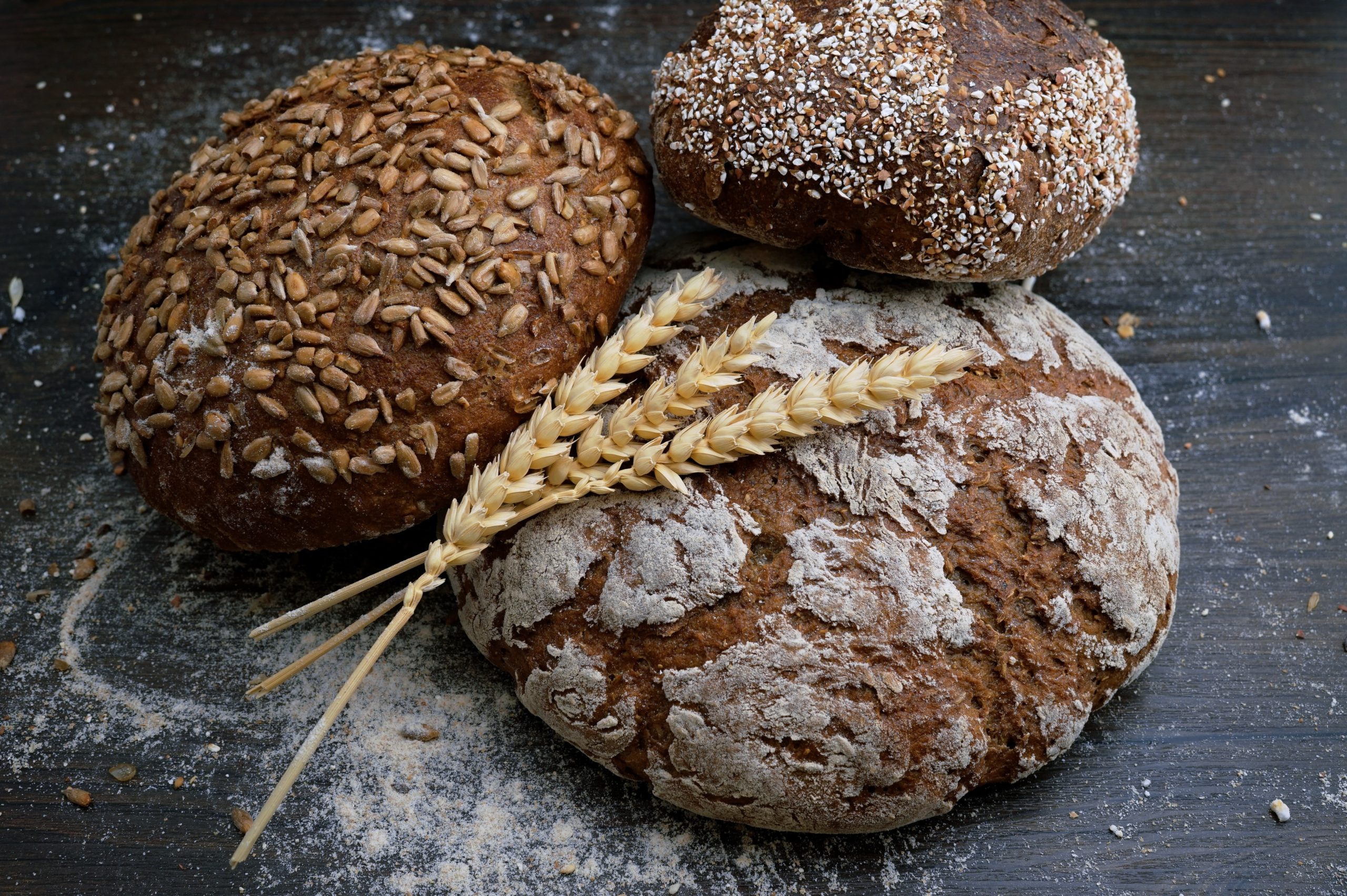
Wheat is yet another dietary staple that is totally fine for vegans to eat. Wheat is not typically something that we enjoy eating right from the ground, of course. However, what wheat does is make many of our favorite foods.
Wheat is used to make flour, and we all know what flour is used for – carbs! Bread, cereals, pasta, pizza, pastry, pies, muffins, cakes, and even beer! Of course, this does not mean that all of the foods we just mentioned are vegan by default because of all the other ingredients that may be used to make them.
However, there are certainly ways that vegan versions of all foods can be made. Since wheat is vegan, you can even use wheat flour to make your own yummy vegan creations
3. Legumes
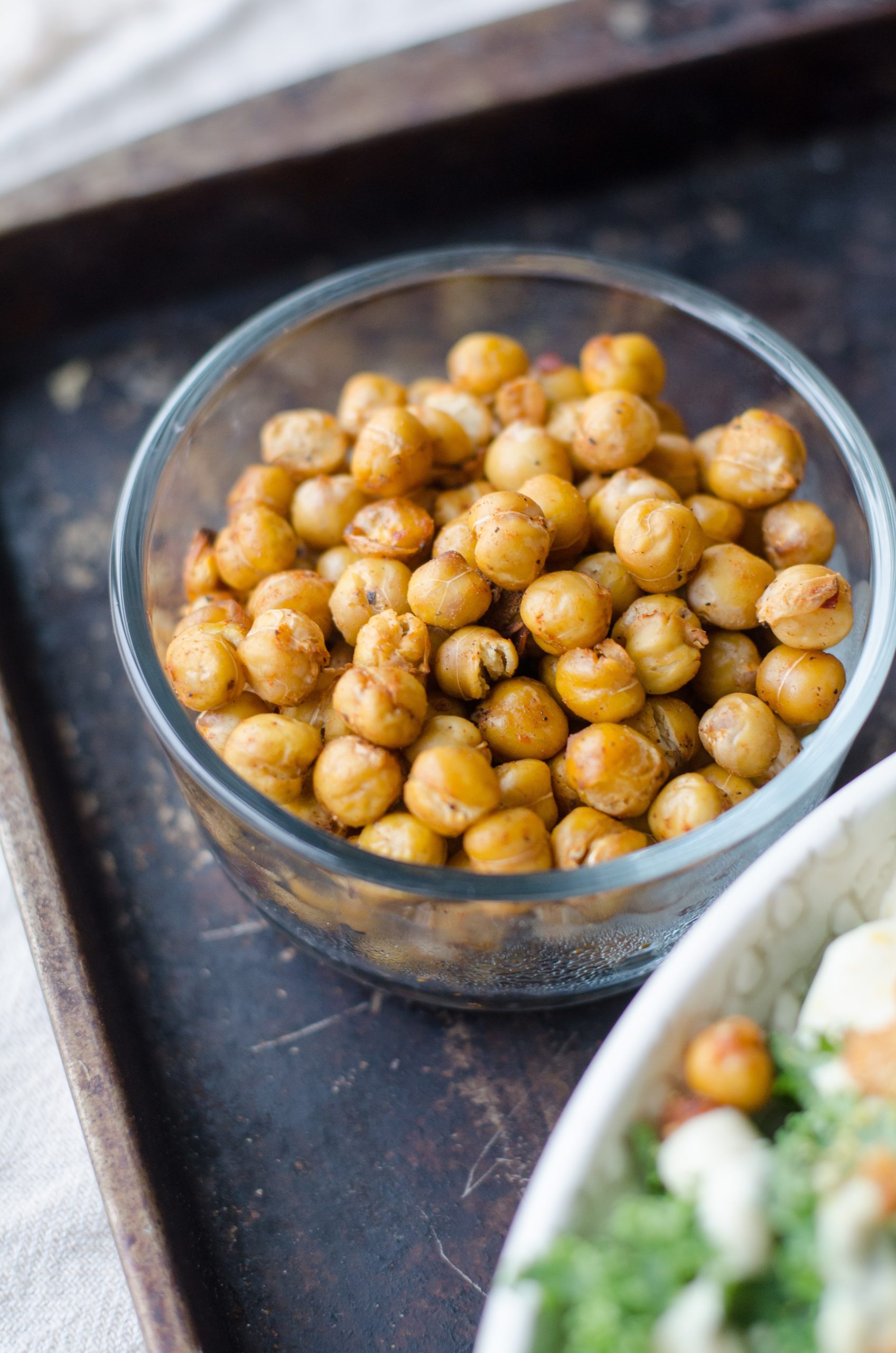
Legumes are the term given to plants that produce a pod. Inside these pods there are seeds. The legumes are, in essence, these seeds.
Some of the most widely eaten legumes include beans (all types), peas, lentils, soybeans, chickpeas, and even peanuts! Yep, that’s right….peanuts are a legume, not a nut! Legumes also have the added benefit of being as good for us as they taste.
They are packed full of protein and fiber, which makes sense when you consider the fact that they are often used as an alternative to high-protein meats in the vegan diet.
4. Nuts
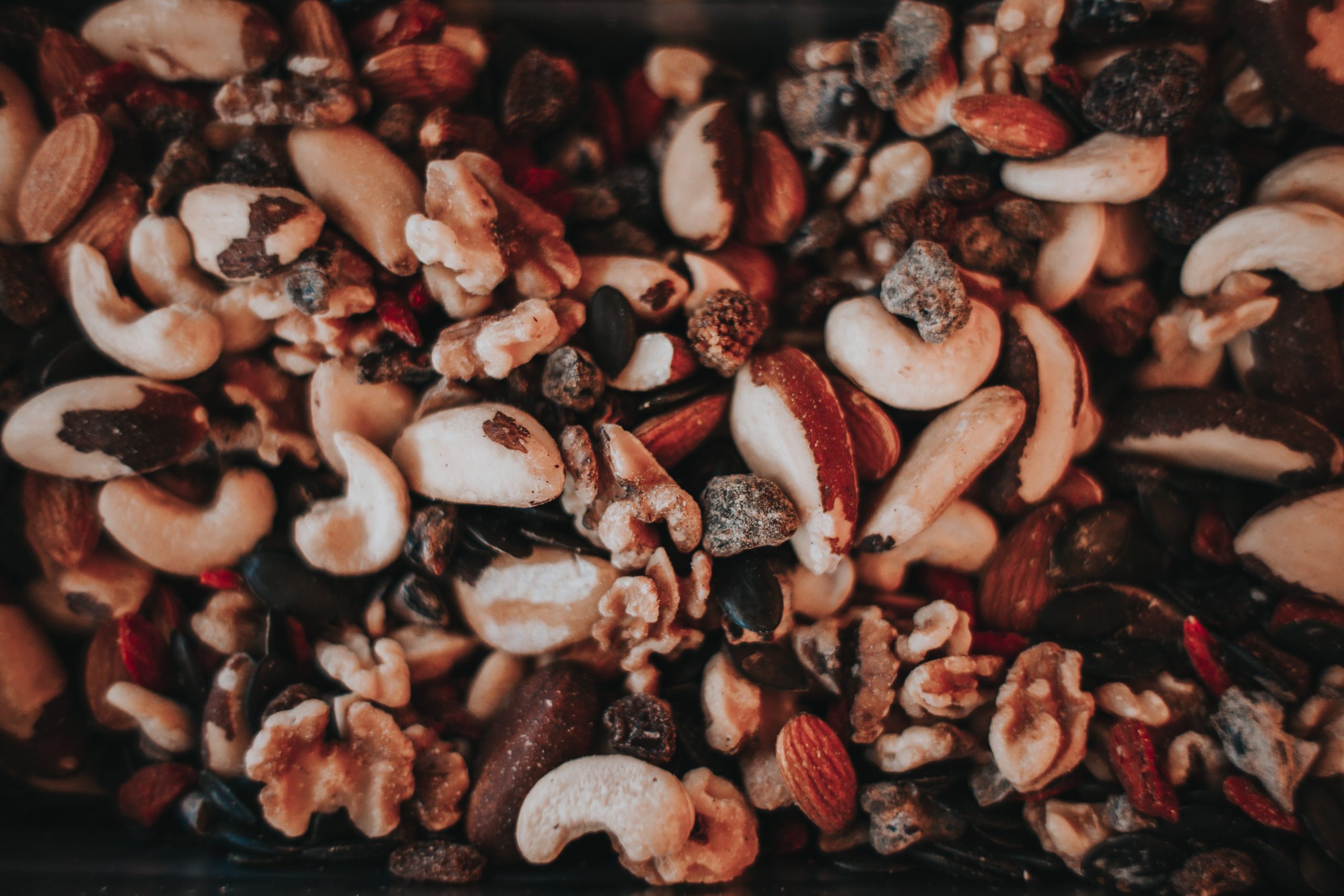
Nuts are yet another fantastic option for vegans. They can serve as a delicious snack full of healthy fats, or can even be used to create some of our favorite vegan drinks and meals. As you know from our earlier section, nuts are often used to create a vegan milk drink.
Also, vegan nut roasts serve as an excellent alternative to roast meat, especially at Thanksgiving and Christmas dinners. They can even be added to stir-fries, cakes, and smoothies, and sprinkled onto cereals and dairy-free yogurt for a healthy and tasty difference in texture. Oh, and you can make cheese out of nuts too!
Nuts are also full of excellent nutrients, fats, and omega-3 so you never have to worry about missing those things from your diet ever again! This is particularly good news for those new vegans who are worried about the nutrients they will be missing from meat.
Almonds, walnuts, and cashews are particularly good as not only do they provide you with protein and healthy fats, but they may also help to reduce cholesterol levels, add some fiber to your diet, and even help to replenish healthy gut bacteria.
5. Soy Products
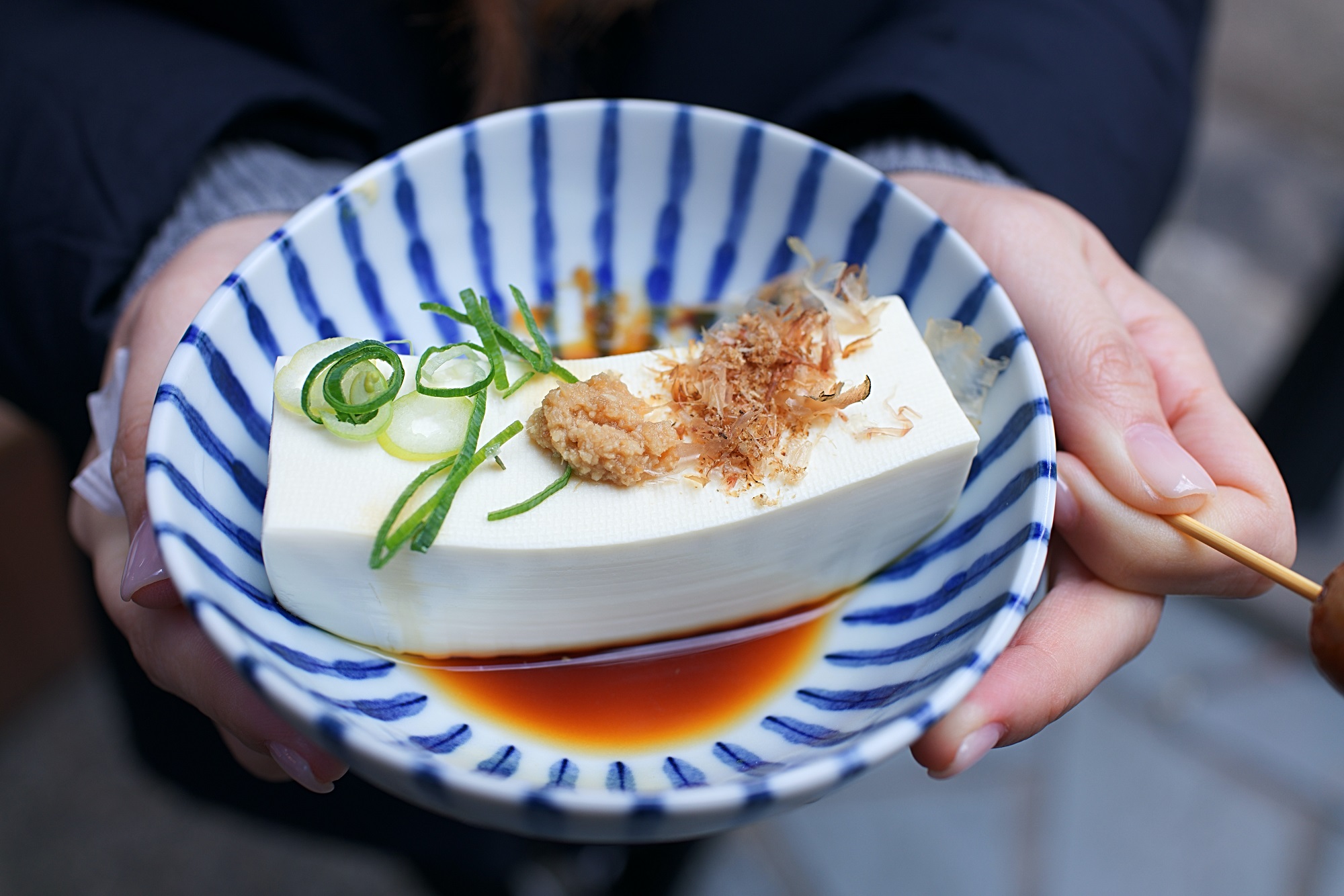
Soy is one of the most widely used alternatives to meat and dairy. Soy can be formed into a plant-based meat substitute, and can also be used to create a ‘milk’ drink as an alternative for dairy milk from cows.
Soy products include vegan yogurts, vegan cheese, vegan ‘chicken’ and other meat alternatives, vegan ice cream, vegan butter, and much more! In fact, the vegan ‘meat’ business is booming, with new meat alternatives being developed constantly, made from soy and many other products.
Beginner’s Vegan Shopping List
I will put all the common vegan household ingredients, and you can pick your favorites and choose which you would prefer to have in your home and consume.
2. Lettuce
3. Spinach
4. Onions
5. Mushroom
6. Potatoes – white and sweet
7. Onions
8. Tomatoes
9. Carrots
10. Cucumber
Fruit:
1. Oranges
2. Bananas
3. Strawberries
4. Blueberries
5. Apples
6. Watermelon
7. Peaches
8. Mango
9. Lemons
10. Pineapple
11. Grapes
Canned Goods:
1. Canned Veggies like sweetcorn, peas, beans, chickpeas, tomatoes, carrots, artichokes hearts.
2. Soups
3. Coconut Milk
4. Jackfruit
5. Olives
6. Pumpkin Puree
Pantry Goods:
1. Quinoa
2. Pasta
3. Rice
4. Noodles
5. Sauces & Oils e.g – soy sauce, sriracha sauce, vinegar, sesame oil, olive oil, coconut oil, Tomato Paste, Mustard, Tahini.
6. Corn flour, plain flour, garbanzo flour, baking powder, baking soda, flaxseeds, cocoa powder, almond flour, and sugar.
7. Herbs & spices – salt, pepper, cajun spice, Italian mixed herbs, cumin, ground coriander, curry powder, chili powder. paprika.
8. Nuts & Seeds
9. Nut Butters – like peanut butter, almond butter, cashew butter.
10.Oats
Freezer Essentials:
1. Frozen Veg
2. Frozen Fruit
3. Vegan Ice Cream
4. Vegan Mock Foods like pizzas, vegan sausages, and vegan burgers.
How To Shop For Vegan Foods
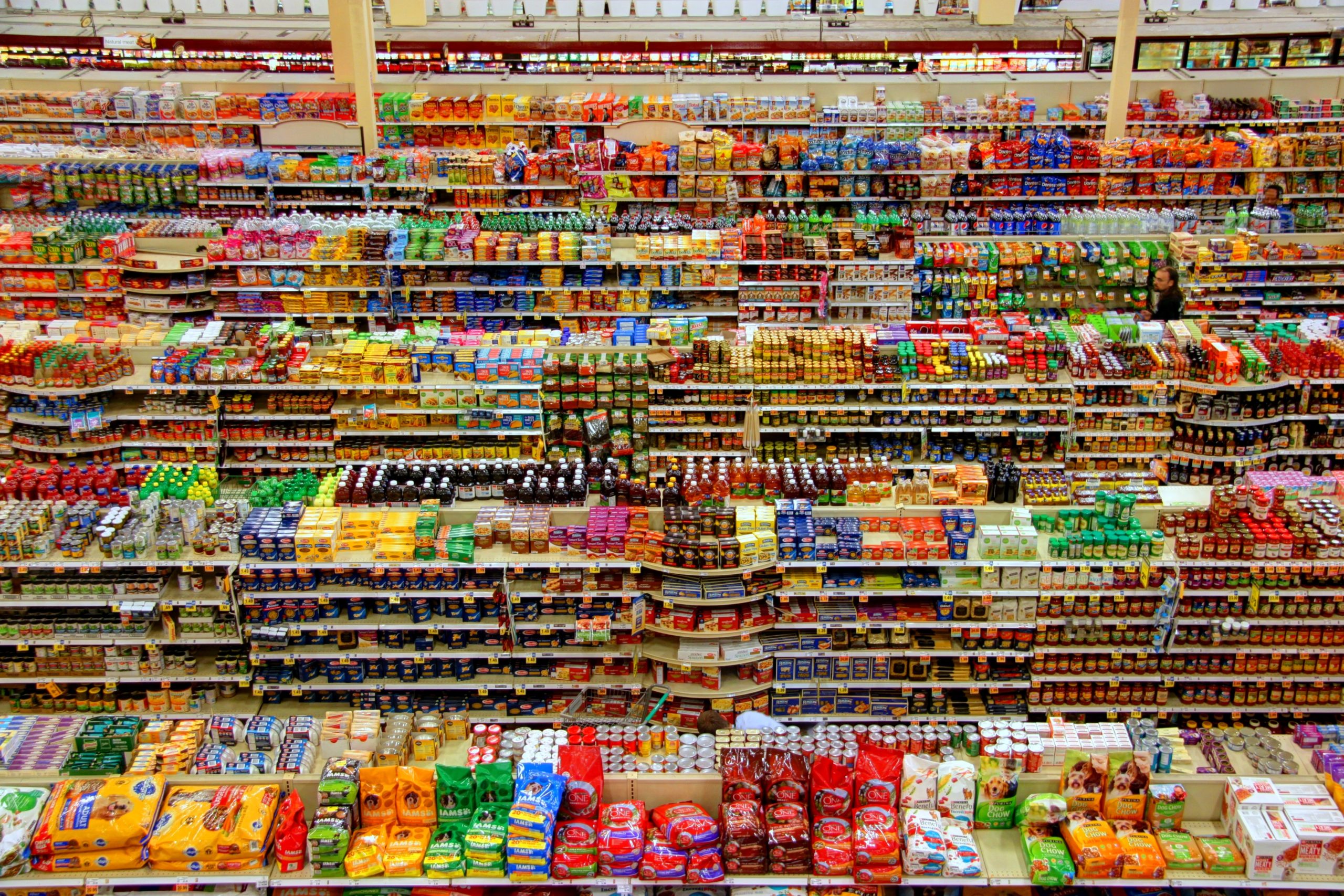
Now that you know all about how to shop for vegan foods, it is time to put what you’ve learned into real life. In this section, we are going to be taking you through the processes involved in shopping for vegan foods.
We want to begin by reassuring you that, as daunting as it seems, after your first couple of shops you will be wondering why you were so worried. It will begin to feel just like any other food shop – because guess what? It is.
1. Always Plan Your Shopping Ahead
2. Plan Your Meals Ahead
3. ALWAYS Check The Ingredient List At The Back Of The Package
Armed with your shopping list, it is now time to step foot into the shop, with reusable carrier bags in hand! Our main piece of advice, especially when you are just beginning your vegan journey, would be to slow down.
Do not rush through the shop and start placing random items in the trolley. Instead, follow your list carefully and check every single product.
A simple scan of the ingredients list will tell you all you need to know about whether a product is vegan or not.
Of course, there are some things that you will be certain about such s fruit, vegetables, and legumes. However, it is good practice to check the back of pre-packed goods every time, especially since recipes change so often!
This will ensure you do not unknowingly pick up and then consume something that is not vegan. This actually happens more than you may think, too! Brands change recipes and improve them constantly.
Sadly, this means that some of your current favorite ‘accidentally vegan’ goodies may not stay vegan forever!
4. If You’re A Beginner – Start By Going For The Safe Foods First
Trust me, it gets better and easier the more you do it 🙂
Helpful Resources For Helping You As A New Vegan:
1. From A to Vegan – Complete Vegan Starter Kit
2. Free Vegan Nutrition Email Course
3. Free Week of Bowls eBook
4. Vegan Meal Prep Ideas
5.. Easy Healthy Vegan Camping Food Ideas
The Bottom Line:
Veganism is a journey, it’s a lifestyle! Don’t overthink it, if you know it in your heart that this is what you want to do, then the hardest bit is done…the rest will follow! Simply do a bit of reading about what you can eat, what you should be eating more to get the right nutrients and etc…
And it’s also worth saying that the road can take all sorts of twists and turns and unexpected detours. But as far as becoming vegan goes, I’m not sure it’s something you measure in days or meals; I think it’s a sense of conviction that emerges over time. And I think it’s probably the case that the pressures and deadlines we attach to change can actually get in the way of that process. So, I hope that these tips will help to make it all feel just a little more intuitive. And I wish the many folks who will dip their toes into the vegan waters this year–or perhaps plunge in right away–a fun, curious, fulfilling experience that is animated by deep compassion and feeling.



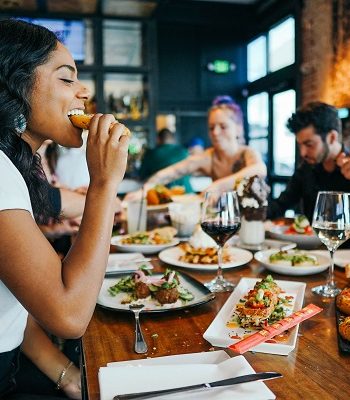
3 Comments
vurtil opmer
8 February 2020 at 14h14But wanna say that this is invaluable, Thanks for taking your time to write this.
elena
8 February 2020 at 20h48We are glad that you found it useful 🙂
elena
22 February 2020 at 21h10We are so pleased that you find our blog useful 🙂